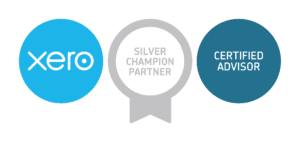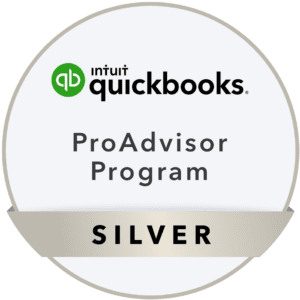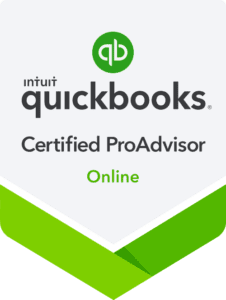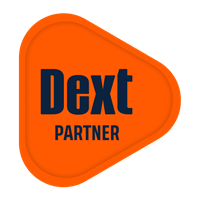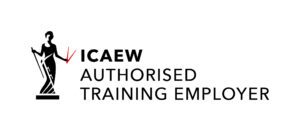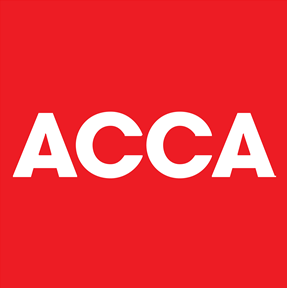VAT simplification scheme
Once a business is registered for VAT, there are a number of VAT accounting simplifications that can help ease the burden of VAT accounting.
VAT accounting
Perhaps it is necessary to explore simplifications before discussing how the business accounts for VAT. If a company can deduct all the VAT it pays on expenses, it should report all transactions without VAT and add the VAT component to a VAT account. The accounts will then completely exclude VAT.
There are issues when a business is unable to recover all of its VAT; whether it is engaging in VAT-exempt operations, such rent out or finance transactions; or there is an input tax block, preventing it from recovering VAT on purchases like cars. The accounting will then include a VAT element and the VAT is to be added as part of the cost of the acquired item.
Where the business has a significant number of exempt transactions it is also necessary to apportion the VAT incurred on overheads. This will be looked at in a later newsletter.
What is cash accounting for VAT?
The default position for VAT accounting is that it is to be paid to HMRC (on the VAT returns) when an invoice is raised by the business. This gives the problem of accounting for the VAT on sales before the sales invoice has been paid by the customer. The VAT on purchases can, however, be reclaimed as soon as an invoice is received, even before the supplier is paid.
Most small businesses realize that their suppliers get paid before their customers pay them. Additionally, VAT on sales is typically higher than VAT on purchases. This indicates that the company’s cash flow for VAT will be negative. HMRC has acknowledged this issue and will permit small businesses to account for VAT on a cash basis. When a company anticipates taxable sales—those subject to VAT at the zero, reduced, or standard rates—of £1.35 million or less over the course of the following 12 months, cash accounting may be used. The scheme can be utilised without making an application, but only from the beginning of a VAT period.
When businesses need to pay VAT if they are using cash account?
When using cash accounting, you only pay VAT on your sales when customers pay the business. VAT can only be reclaimed on purchases when the suppliers are paid.
When cash accounting scheme can not be used for VAT?
The scheme is not applicable to businesses who use the Flat Rate scheme, are behind on their VAT returns or payments, or have committed a VAT offence in the last 12 month
There are a number of restrictions on the use of the scheme. It cannot be used where invoices are raised in advance, where payment is not due for six months or longer. Cash accounting also cannot be used for lease, hire purchase or credit transactions, nor for importing goods into Northern Ireland from the EU or when moving goods from a customs warehouse.
A business can leave the scheme whenever it wishes, but it must leave the scheme when their taxable sales exceed £1.6 million. HMRC does not need to be informed. Any VAT outstanding on sales made needs to be accounted for to HMRC, when paid, over the next six months.
What is the VAT accounting periods?
VAT is normally accounted for using three monthly VAT returns. A business can, however, use monthly returns where it normally receives VAT repayments. This can be used by a business that makes zero-rated sales, and the VAT on its expenses exceeds any VAT to be accounted for on its sales. Also, if the business is incurring a lot of expenses in creating its business (for example, constructing a factory), it will incur more VAT on its expenses than is to be accounted for on its sales. A business in a repayment situation can apply to HMRC for monthly returns. Contact can be made with HMRC on 0300 200 3700.
What is VAT Annual accounting?
Businesses with a turnover of £1.36 million or less can apply to account for VAT on an annual basis. VAT instalments will be paid during the year, with a balancing payment (or refund) at the year-end. An application cannot be made for annual accounting if the business left the scheme in the last 12 months, or the business is part of a VAT registered division or a VAT group. Annual accounting also cannot be used if the business is not up to date with its VAT returns or payments or the business is insolvent.
An application to use annual accounting can be made when the business registers for VAT or by completing form VAT600AA (or VAT600 AA/FRS if the Flat Rate scheme is also being applied for). The form is to be sent to:
BT VAT
HM Revenue and Customs
BX9 1WR
A business can leave the scheme at any time and must leave it when their turnover exceeds £1.6 million at the end of the annual accounting year. HMRC needs to be informed that the business is leaving the scheme.
The business needs to make payments on account. The payment will either be 10% of the estimated VAT bill when monthly payments are made or 25% when quarterly payments are due. This is based on previous VAT returns (or estimated if it is a newly VAT registered business). HMRC will write explaining when instalments are due and how much they are. The final payment is due to be paid two months after the end of the annual accounting period.
Whilst this scheme provides a significant reduction in administration, many businesses prefer the discipline of making quarterly returns.
What is VAT flat rate scheme?
The amount of VAT a business has to pay is the difference between the VAT charged to customers and the reclaimed on its expenditure. An alternative method is for the business to pay a fixed flat rate of VAT to HMRC. This amount may differ from the true VAT liability. A business using the scheme does not need to account for any extra VAT on its sales, but it cannot reclaim VAT on expenditure, other than the VAT on capital expenditure costing over £2000.
What is turnover threshold for flat rate scheme?
To join the VAT Flat Rate Scheme, the taxable turnover of the business must be less than £150,000 (excluding VAT). The scheme cannot be used if the business left the scheme in the past 12 months, or where a VAT offence has been committed in the past year, or if the business is using a VAT margin or capital goods scheme. The scheme is not available for businesses that are in a VAT group, a VAT division or is closely associated with another business.
An application to join the scheme is to be made on VAT600 FRS and it can either be e-mailed to HMRC to frsapplications.vrs@hmrc.gov.uk or posted to:
BT VAT
HM Revenue and Customs
BX9 1WR
VAT600 AA/FRS is to be used if the Annual Accounting scheme is also being applied for.
A business can leave the scheme at any time and must inform HMRC it is leaving the scheme. The business must leave the scheme if its turnover exceeds £230,000 in the past 12 months, or it is expected that its income will exceed £230,000 in the next month or in the next 12 months.
The key to whether this scheme is suitable is the VAT flat rate that is to be applied. There are numerous rates that can be applied depending on the business type. These range from 4.5% to 16.5% and are shown in Public Notice 733. A further discount of 1% is applied in the first year as a VAT registered business.
The amount of VAT to be accounted for is the flat rate applied to the VAT inclusive sales figure. Thus, if a business charges a customer £5000 net of VAT, it will add VAT at 20%, £1000, to the charge (and raise an invoice showing this VAT). The total charge to the customer will be £6000. If the flat rate that applies to the business is 8%, it will account for VAT to HMRC of £480. This is clearly less than the VAT charged to the customer (who can reclaim the VAT charged of £1000). The business using the flat rate scheme, however, cannot reclaim any VAT on its expenditure other than VAT on capital items costing more than £2000.
Using the flat rate scheme is a simplification, as it is not necessary to account for VAT on sales or reclaim VAT on expenditure. The business needs to make sure it is using the correct VAT flat rate and that this is not disadvantageous to the business.
What is agricultural flat rate scheme?
The agricultural flat rate scheme is an alternative to VAT registration for farmers. A business that registers as a flat rate farmer does not account for VAT or submit returns. Also, no VAT on expenditure is reclaimed. A Flat Rate farmer charges and keeps a flat rate addition (FRA) when goods or goods and services are supplied to VAT registered customers. This is to be charged on farming supplies, but not sales of machinery or land, or the repair and maintenance of farm buildings. The flat rate to be charged is 4%, and this is to compensate the farmer for the input tax that it loses by not being registered for VAT. The customer can reclaim the Flat Rate Addition charged as input tax. It is not to be charged to customers that are not VAT registered or other flat rate farmers as they cannot reclaim the charge.
A farmer can apply to join the scheme if its turnover is £150,000 or less and has not been convicted of VAT offences or for penalties. Businesses in VAT groups or Divisions cannot join the scheme. A farmer cannot join the scheme if the value of the non-farming activities is above the VAT registration threshold. The business must leave the scheme when its turnover exceeds £230,000. The flat rate scheme will not apply to the sales of services alone.
Form VAT 98 needs to be completed to apply for the scheme.
Further information on VAT accounting simplification
HMRC has published public notices on these schemes. These are at:

Our service to you
If you are a self employed, business owner/director of company looking to get your accountancy and taxation matters sorted, look no further. We, at Naail & Co, are pro-active and easily accessible accountants and tax advisors, who will not only ensure that all your filing obligations are up to date with Companies House and HMRC, but also you do not pay a penny more in taxes than you have to. We work on a fixed fee basis and provide same day response to all your phone and email enquiries. We will also allocate a designated accounts manager who would have better understanding of your and business financial and taxation affairs. Book a free consultation call using the link below.
Related pages:
Get further information from the following pages;
Related Blogs:
Get further information from the following blogs;
HMRC to relaunch VAT Registration Service (VRS)
VAT on commission & referral fees
Bad debt VAT relief and VAT compliance
New EU VAT rules from 1st July
Subscribe to our newsletter
BUSINESS HOURS
Monday – Friday
- 9:00 am – 5:30 pm
Pages:
Menu

